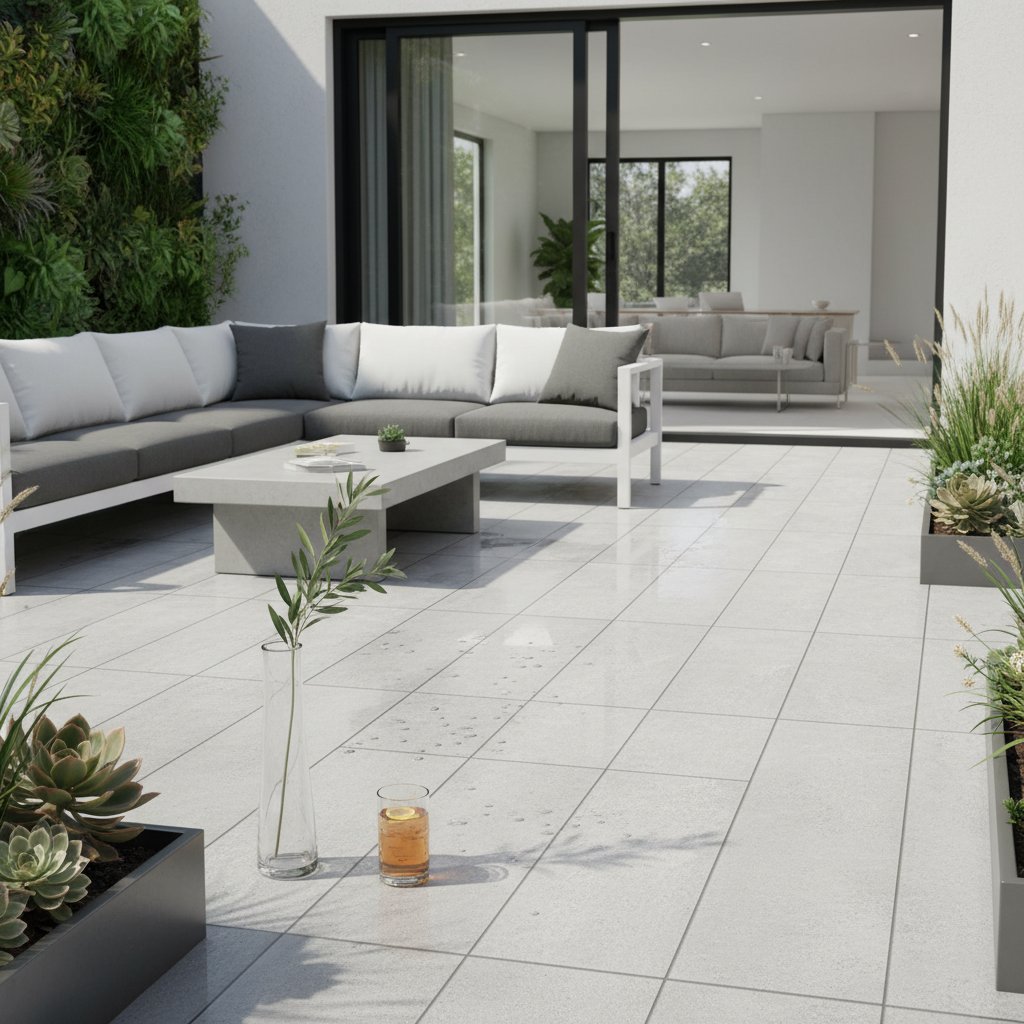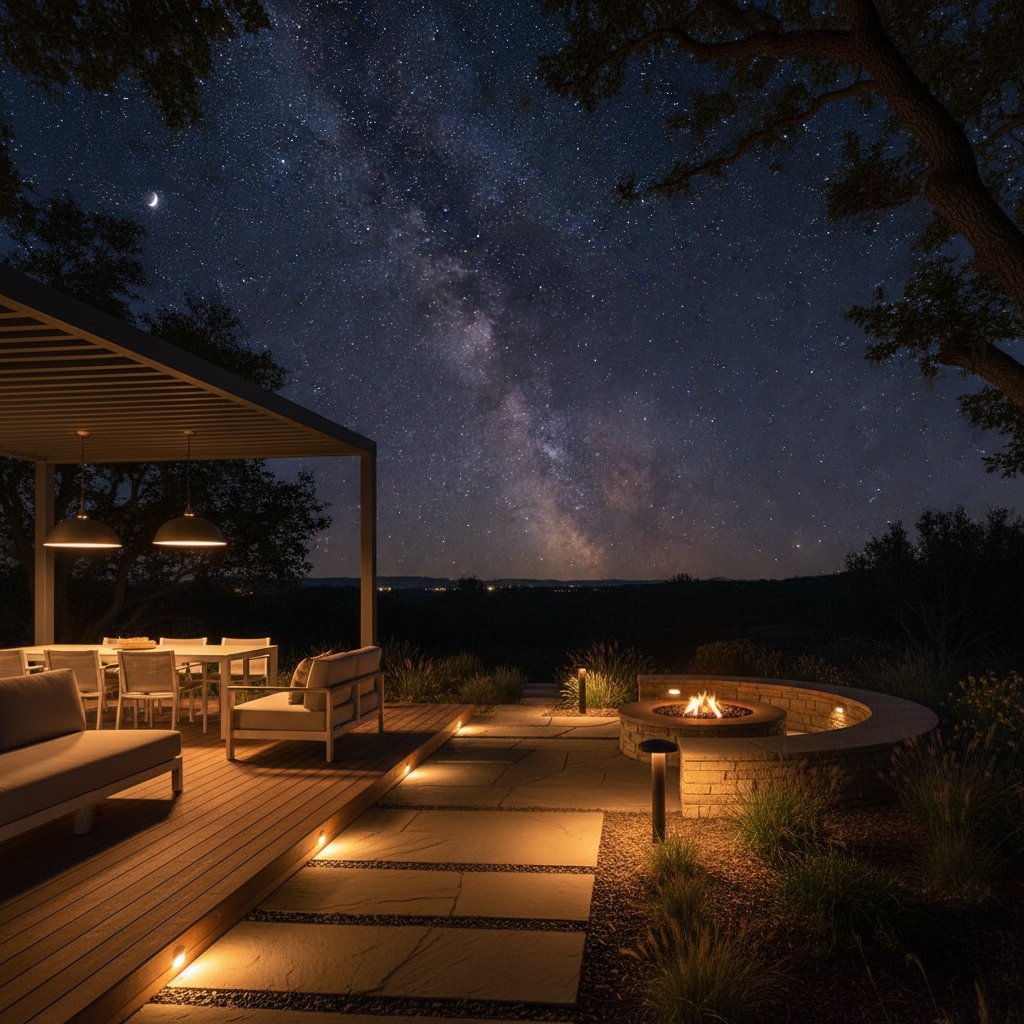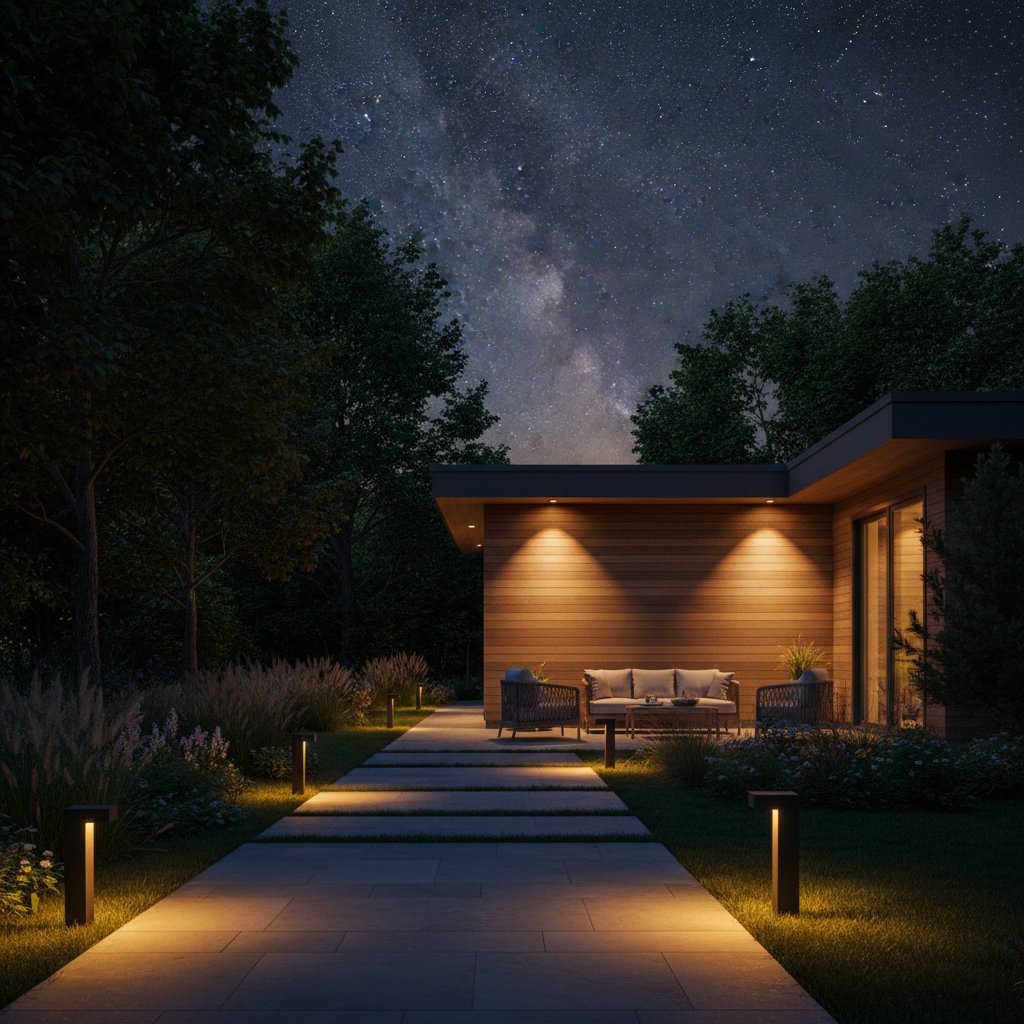Why Porcelain Pavers Require Minimal Maintenance
Outdoor spaces enhance daily life when they demand little attention. A well-chosen patio extends indoor comfort seamlessly while resisting the demands of weather and use. Among various materials, porcelain pavers stand out for their ability to deliver refined aesthetics and robust performance with exceptional ease of care.
The Role of Porcelain in Modern Outdoor Design
Porcelain pavers bring a subtle sophistication to exterior surfaces. Developed from refined clay fired at high temperatures, they form a compact, non-porous structure that endures outdoor conditions. This composition ensures resistance to water penetration and surface degradation, allowing the material to retain its initial quality over extended periods.
The texture provides a secure footing without excessive smoothness, reducing slip risks in wet environments. Colors remain stable against prolonged sun exposure, rain, and temperature fluctuations. Unlike porous alternatives, porcelain pavers eliminate the need for frequent sealing or intensive cleaning routines.
Evaluating Porcelain Against Common Patio Options
Selecting a patio surface involves weighing visual appeal, longevity, and care requirements. Different materials present unique trade-offs in these areas.
- Concrete provides cost-effective installation but often develops cracks and discoloration from environmental exposure or spills.
- Natural stone like slate or travertine delivers natural patterns and depth, yet its porosity requires regular sealing to prevent water damage and staining.
- Brick adds traditional warmth, though joints may accumulate moss, weeds, or debris without vigilant upkeep.
- Porcelain pavers excel by repelling moisture, stains, and color shifts. They demand no sealing, and routine care typically involves a simple sweep or hose-down.
This profile positions porcelain pavers as a reliable option for sustained patio performance.
Resilience Against Environmental Challenges
Exterior surfaces encounter relentless exposure to natural forces. Ultraviolet radiation fades many materials, while moisture can infiltrate and expand during freezes, leading to structural failure. Porcelain pavers counter these issues through their low absorption rate, which limits water intake and subsequent ice formation.
This property also inhibits mold and mildew development, particularly in humid regions. Thermal stability further protects against cracking from extreme heat or cold. As a result, the material preserves its structural integrity and appearance across diverse climates.
Aesthetic Versatility Without Added Effort
Porcelain pavers replicate the visual qualities of premium natural elements through innovative manufacturing processes. Digital printing techniques produce realistic imitations of stone, wood, or concrete, complete with natural veining and tonal variations.
Homeowners gain the charm of quarried materials minus the associated vulnerabilities. Options range from matte finishes that integrate with lush landscapes to glossy surfaces that accentuate sleek, contemporary layouts. Uniform sizing ensures predictable results, facilitating expansive installations with consistent alignment.
Installation Methods for Optimal Performance
Porcelain pavers accommodate various site conditions through adaptable placement techniques. Proper execution enhances longevity and simplifies ongoing care.
- Dry-lay on compacted base: Suitable for patios and paths, this method promotes drainage and permits future adjustments for settling.
- Mortar-set application: Offers stability for high-traffic zones or driveways, creating a solid bond with the substrate.
- Pedestal support systems: Ideal for elevated decks or irregular terrains, these elevate tiles for ventilation and substructure access.
Precise edge finishing minimizes joint irregularities, promoting a cohesive appearance. Adequate spacing allows water runoff, preventing pooling and debris buildup. Post-installation, address surface dirt with a broom or gentle water spray; for persistent marks, apply a diluted soap solution with a soft-bristle tool.
Practical Benefits and Cost Efficiency
Routine outdoor maintenance often consumes significant time and resources. Tasks such as pressure washing, sealant application, and stain removal accumulate expenses. Porcelain pavers reduce these obligations by repelling common contaminants like food residues, pollen, and soil.
The non-porous nature discourages pest harborage and simplifies seasonal cleanups. Although initial investment exceeds basic alternatives, the reduced need for repairs and supplies yields savings over a decade or more. This approach prioritizes usability, freeing time for enjoyment rather than upkeep.
Integrating Porcelain into Cohesive Landscapes
Effective patio design fosters harmony between architecture and surroundings. Porcelain pavers support this through an extensive palette of hues and patterns that complement existing elements.
Neutral shades like soft grays harmonize with foliage, while bolder accents provide definition in structured gardens. Coordinate with home facades by matching trim colors or textures for visual continuity. Larger formats expand perceived space in open areas, whereas modular arrangements introduce dynamic interest in confined settings.
Dimensional accuracy enables creative layouts without fit issues, ensuring a polished final effect.
Steps to Select and Implement Porcelain Pavers
Begin the process by examining physical samples under natural light to assess color fidelity and texture suitability. Consider traffic levels, climate factors, and adjacency to other surfaces when choosing specifications.
Consult professionals for site preparation, including base compaction and drainage planning, to avoid common pitfalls. Opt for complementary low-effort features, such as drought-tolerant plants or permeable borders, to extend the carefree theme.
Porcelain pavers deliver enduring outdoor enhancement through their blend of resilience and refinement. They enable spaces that invite relaxation and activity year after year, with confidence in their sustained performance.



